Having eye bags at the age of 60 may be related to skin laxity, fat accumulation, genetic factors, lack of sleep, and weakened renal metabolic function. Eye bags are usually manifested as sagging and bulging of the lower eyelid skin, which can be improved through surgical resection, laser treatment, radiofrequency tightening, local injection, daily care, and other methods.

1. Skin laxity
As age increases, the loss of collagen in the skin around the eyes leads to a decrease in elasticity, and the supporting structures gradually relax. Long term exposure to ultraviolet radiation can accelerate this process, resulting in significant eye bag wrinkles. It is recommended to use skincare products containing vitamin E for gentle massage, avoiding excessive rubbing of the eyes.
2. Fat accumulation
Orbital fat may bulge forward with age, forming a pouch like structure. This situation is related to poor local circulation caused by excessive eye use, and cold compress can temporarily relieve swelling. Severe fat protrusion requires consideration of surgical methods to adjust fat distribution.
3. Genetic factors
Some populations are more prone to developing eye bags due to their unique orbital bone structure or skin characteristics. This type of situation usually manifests significantly after middle age, with limited effectiveness in daily care, and may require correction through plastic surgery.
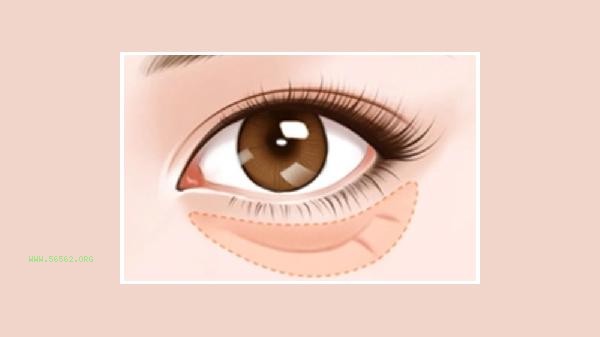
4. Lack of sleep
Long term poor sleep quality can lead to microcirculatory disorders around the eyes, causing poor lymphatic return and water retention. Maintaining a regular sleep routine, limiting water intake before bedtime, and using a high pillow can alleviate eye bag swelling in the morning.
5. Decreased renal metabolic function
Decreased renal function may lead to water and sodium retention, which is manifested by eyelid edema in the morning. This condition is often accompanied by systemic symptoms such as lower limb edema, and it is necessary to check urine routine and kidney function. Controlling salt intake and drinking moderate amounts of red bean and coix seed water can help promote diuresis and reduce swelling. People over 60 years old should pay special attention to safety when improving eye bags, and non-surgical methods should be given priority. Daily morning and evening circular massage with fingertips along the orbital bone, combined with caffeine containing eye cream, can promote blood circulation. Avoid staring at electronic screens for long periods of time and take a break every hour with your eyes closed. Eating more citrus fruits and dark vegetables rich in vitamin C can help maintain skin elasticity. If eye bags are accompanied by persistent redness, swelling, or changes in vision, it is necessary to seek timely evaluation at the ophthalmology or plastic surgery department.
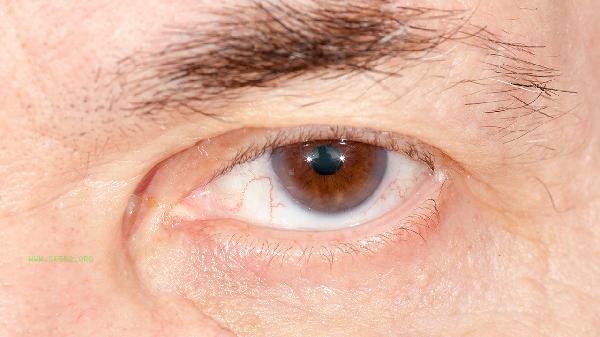

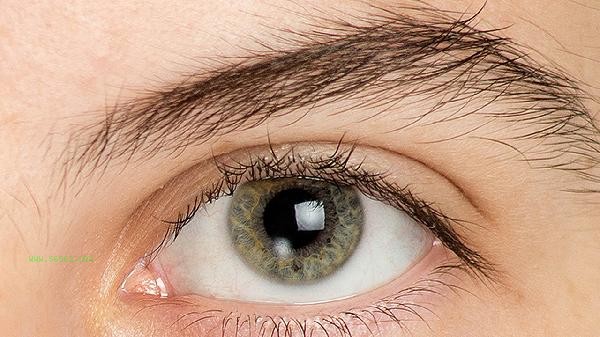
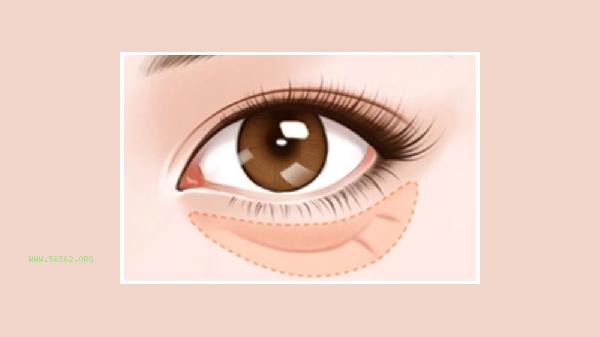
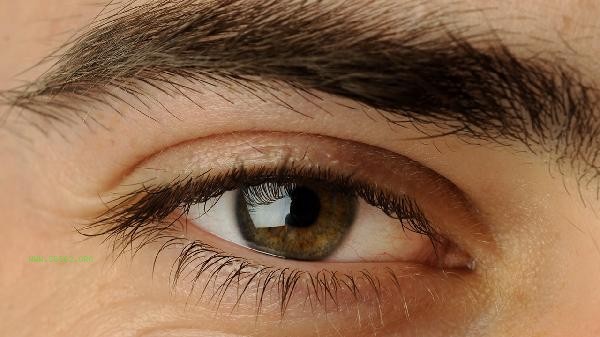
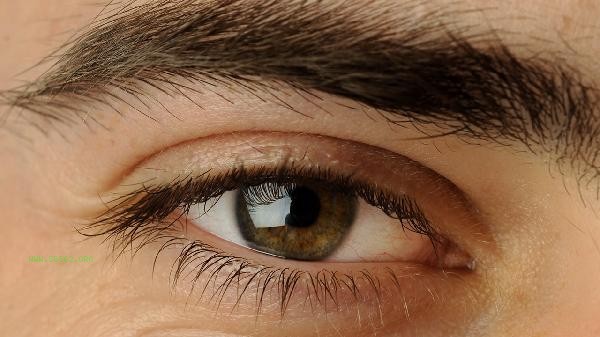
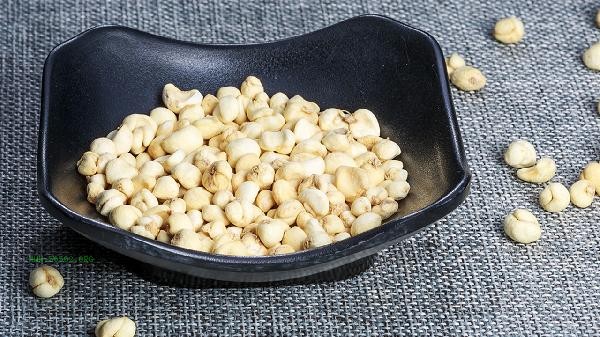


Comments (0)
Leave a Comment
No comments yet
Be the first to share your thoughts!